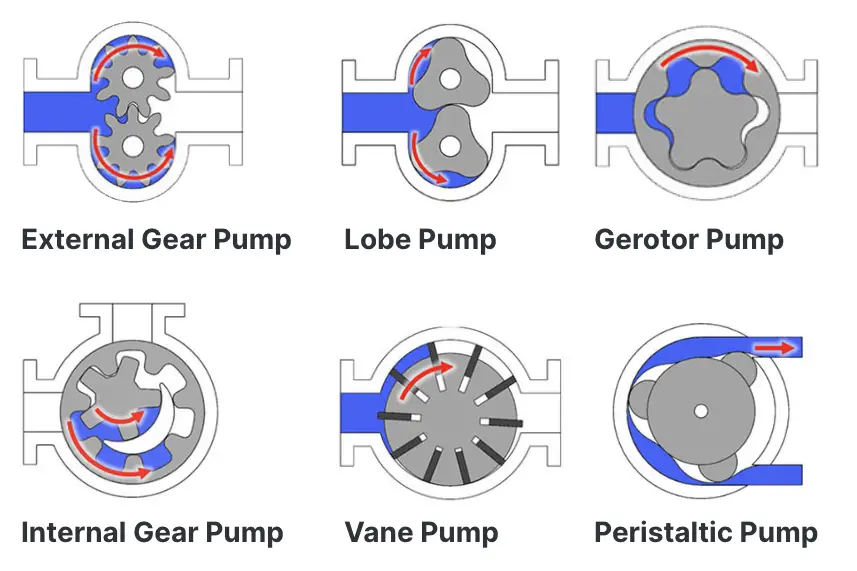What is the Level of Development?
Level of Development (LOD) is a concept used in Building Information Modeling (BIM) projects to describe the level of completeness and accuracy of a BIM model at different stages of the project. It is a numerical scale that defines the degree of reliability of the information contained in a BIM model and provides a common language for communication and collaboration between project stakeholders.
The LOD scale typically ranges from LOD 100 to LOD 500, with each level corresponding to a specific stage of the project. At the lower end of the scale, LOD 100 represents a very basic conceptual model with limited detail, while at the upper end of the scale, LOD 500 represents a fully detailed as-built model that accurately reflects the finished product.
The LOD concept is used to define the level of detail and accuracy required for each building component in a BIM model and provides guidance on the information that needs to be added to the model at each stage of the project. This helps to ensure that the BIM model is fit for purpose and meets the needs of the project stakeholders.
Overall, the LOD concept is a key component of BIM projects, providing a standardized framework for the development and management of BIM models throughout the project lifecycle.
What is the Level of Detailing?
The level of detailing refers to the amount of information and precision provided in a drawing. It can vary based on the purpose of the drawing and the intended audience. In general, a higher level of detailing means that more information is included in the drawing, such as dimensions, notes, and annotations. This can help ensure that the drawing is accurate and can be used for manufacturing or construction purposes.
On the other hand, a lower level of detailing may be appropriate for concept sketches or preliminary designs, where the focus is on capturing the overall form or shape of an object rather than its specific dimensions or details.
In technical drawing, there are several levels of detail that are commonly used, including:
- Sketch: a simple drawing that captures the basic shape or form of an object
- Concept drawing: a more detailed drawing that includes additional information about the design, such as materials or dimensions
- Detailed drawing: a drawing that includes all the necessary information for manufacturing or construction, such as specific measurements and notes on how to assemble the object
- The level of detailing required for a particular drawing will depend on its purpose and the intended use of the final product.
Types of Levels of Development
LOD (Level of Development) is a standard that is commonly used in the construction industry to define the amount of detail required for a Building Information Model (BIM) at different stages of the project. The following are the five LODs defined in the industry:
LOD 100 – Concept Design: This level represents the least detailed stage of the project and is used during the initial design and planning phase. It includes basic information such as the overall size and shape of the building and provides a general idea of how the building will look and function.
LOD 200 – Schematic Design: At this level, the BIM contains more detail and information, including floor plans, elevations, and sections. The model is used to explore design options and make preliminary decisions about building systems.
LOD 300 – Detailed Design: This level is used during the design development phase when the project is becoming more defined. The BIM includes detailed information about building components, including materials, dimensions, and quantities. This level is typically used to generate construction documentation.
LOD 400 – Construction: At this level, the BIM is used during the construction phase to plan and coordinate construction activities. The model includes detailed information about the location and installation of building components, such as walls, floors, and MEP systems.
LOD 500 – As-Built: This level represents the highest level of detail and is used to document the final condition of the building after construction is complete. The BIM includes detailed information about the actual dimensions and locations of building components as installed, as well as any changes made during construction.
Each LOD represents a specific level of detail required for a particular phase of the project and helps to ensure that the BIM contains the appropriate amount of information for the intended purpose.
Level of Development vs Level of Detail
The terms Level of Development (LOD) and Level of Detail (LOD) are often used interchangeably in the construction industry, but they have distinct meanings and implications for Building Information Modeling (BIM) projects.
Level of Development (LOD) refers to the level of completeness and accuracy of the information contained in a BIM model. It describes how much information has been added to the model, and how reliable that information is. The five levels of development commonly used in the industry (LOD 100-500) describe the degree of accuracy and completeness of the BIM model at different stages of the project, from conceptual design through to construction and handover.
Level of Detail (LOD), on the other hand, refers to the amount of visual detail contained in a BIM model. It describes how much detail has been added to the graphical representation of the model, such as textures, colors, and lighting. LOD is often used to describe the level of visual detail required for a particular project or application.
Applications of Level of Detailing and Level of Development
The applications of Level of Detail (LOD) and Level of Development (LOD) in Building Information Modeling (BIM) projects are many and varied. Some of the most common applications include:
Project planning: Both LODs are used to plan the scope and timeline of BIM projects. By defining the level of detail and development required for each phase of the project, project teams can better manage project resources and ensure that the BIM model is fit for purpose.
Design and coordination: Both LODs are used to ensure that BIM models are accurate and reliable. By specifying the level of detail required for each building component, project teams can better coordinate the design and construction process and avoid errors and clashes.
Cost estimating: Both LODs help to estimate the cost of construction projects. By specifying the level of detail required for each building component, project teams can better estimate the quantity and cost of materials and labor required for construction.
Facilities management: Both LODs are used to create as-built models that accurately represent the final condition of the building. These models can be used for facilities management, maintenance, and renovation purposes.
Sustainability analysis: Both LODs help to analyze the environmental impact of building materials and systems. By specifying the level of detail required for energy modeling and analysis, project teams can better optimize building performance and reduce energy consumption.
Overall, the Level of Development and Detailing are essential tools for ensuring the accuracy, reliability, and usefulness of BIM models throughout the project lifecycle, from design and construction to operation and maintenance.
Significance of Level of Detailing and Level of Development
The significance of the Level of Detail (LOD) and Level of Development (LOD) in Building Information Modeling (BIM) projects is manifold. Some of their key significance of them are:
Clarity and consistency: By defining the level of detail and development required for each phase of the project, project teams can ensure that the BIM models are consistent and accurate. This helps to avoid errors and inconsistencies in the design and construction process.
Coordination and collaboration: LOD requirements are used to facilitate coordination and collaboration between different stakeholders in the project, including architects, engineers, contractors, and owners. By providing a clear and detailed framework for information exchange, project teams can work together more efficiently and effectively.
Better decision-making: LOD requirements provide project teams with the information they need to make informed decisions about design, construction, and operation. By providing a high level of accuracy and detail, BIM models can be used to optimize building performance, reduce costs, and improve sustainability.
Improved communication: LOD requirements are essential for effective communication between project teams and stakeholders. By providing a common language and framework for discussing BIM models, project teams can ensure that everyone is on the same page and working towards the same goals.
Quality assurance: LOD requirements are used to ensure that BIM models meet the necessary standards for accuracy, completeness, and reliability. By defining the level of detail and development required for each building component, project teams can ensure that the BIM models are fit for purpose and meet the necessary regulatory and quality standards.
Overall, the significance of Level of Detailing and Development lies in their ability to ensure the accuracy, reliability, and usefulness of BIM models throughout the project lifecycle, from design and construction through to operation and maintenance. They provide a framework for effective collaboration and communication between project teams and stakeholders and help to optimize building performance, reduce costs, and improve sustainability.







